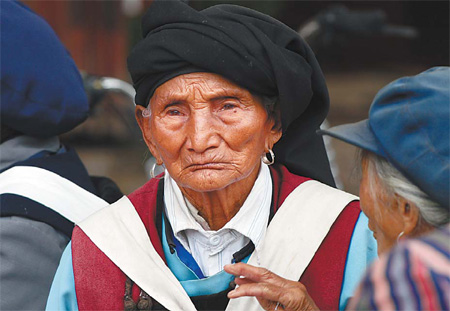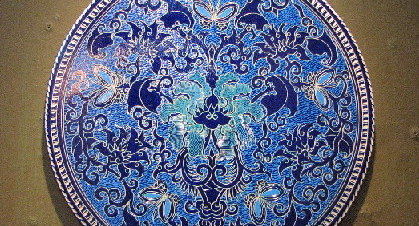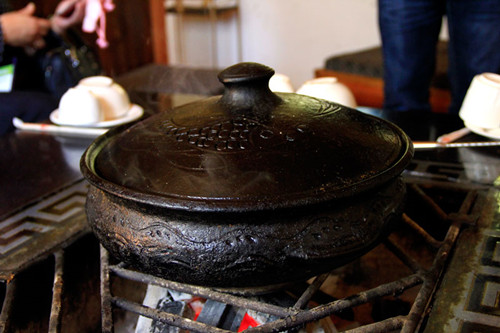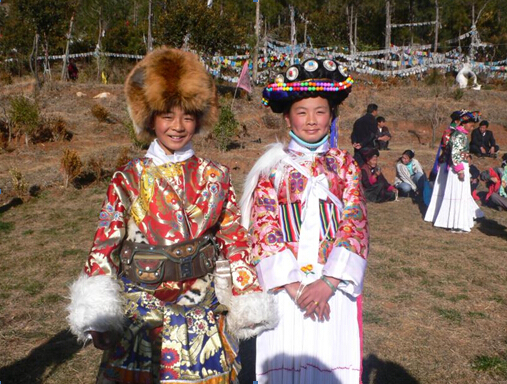A taste of local life
(China Daily)
 |
|
Local Naxi people hold on to their traditions in Lijiang, a city which has witnessed booming tourism in recent decades. |
I almost swallowed my tongue at the first bite. It must have been decades since I last tasted such fresh and delicious home-raised chicken. We were sitting along a country road beneath a giant poplar tree, hungrily fishing for chunks of the fowl boiling in an old-fashioned hotpot.
Our friend, a native of Lijiang, Yunnan province, had merely told us we'd see some rapeseed flowers in Tai'an, a township famed for enormous peaches and wild cranes.
An hour's drive took us across the mountains from Lijiang to slopes aglow with yellow rapeseed flowers. But little did we expect such a mouth-watering treat at a very humble-looking restaurant.
We had plucked some red-skinned potatoes from the fields. They tasted sweet and mild. So did the cabbage we threw into the soup.
It was a highlight of my family's recent trip to Lijiang in Southwest China. We were lucky to spend 10 days with our friend's family, which allowed us to catch glimpses of local life.
As I'm not much of a gourmet, my long years of dwelling in the city has sharpened my yearning for real, natural nourishment.
I've always believed that however globalized we might be, a person's cultural identity is rooted in the food he or she grew up eating.
While the innumerable bars and cafs in Lijiang attract most Western visitors, our friend always led us to inconspicuous eateries where local cuisine offered pleasant surprises.
Jidou, a small bean that looks like a chicken's eye, is a magical specialty here.
Its boiled flour makes a faintly sweet porridge that can be cooled to form a jelly which is then sliced into chunks or strips. Mixing the jelly with hot peppers, coriander, fried peanuts, Chinese onions, soy sauce and vinegar creates the locals' favorite snack - jidou liangfen.
The bean jelly can also be fried with meat and vegetables to make a hot dish. Or you can dip the fried jelly into pepper.
Frying seems to be a much loved cooking method of the locals. In the maze of alleys and streams crisscrossing the old Dayan town in central Lijiang, residents sit behind a wok set over a stove and surrounded by an array of dishes, ready to fry anything, including jelly bean, bean curd, xueguanchang (sausage filled with yak blood and rice), potatoes and other vegetables.
Having spent most of my childhood in Kunming, capital of Yunnan, I'm a diehard fan of mixian (rice noodles).
As we climbed to the second floor of a restaurant in Dayan, the narrow, steep staircase shuddered and groaned. But the food and the view were well worth the climb.
After pouring quail's egg, fish ball slices, tremella, chives and rice noodles into chicken soup, we waited for the guoqiao mixian ("across the bridge" rice noodle) to smell.
Outside of the wood-carved windows, I spotted a black-and-white puppy, dozing off at a bar across the stream. Throngs of tourists clutching The Lonely Planet travel guidebooks stepped over the puppy to tuck into steaks or mugs of coffee.





